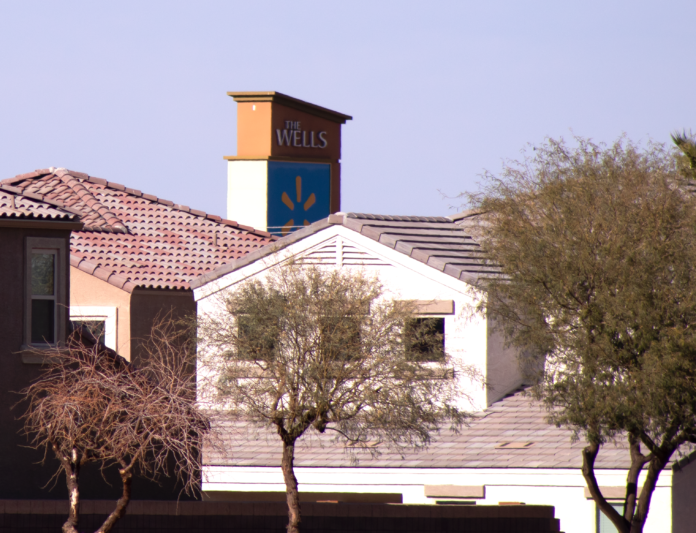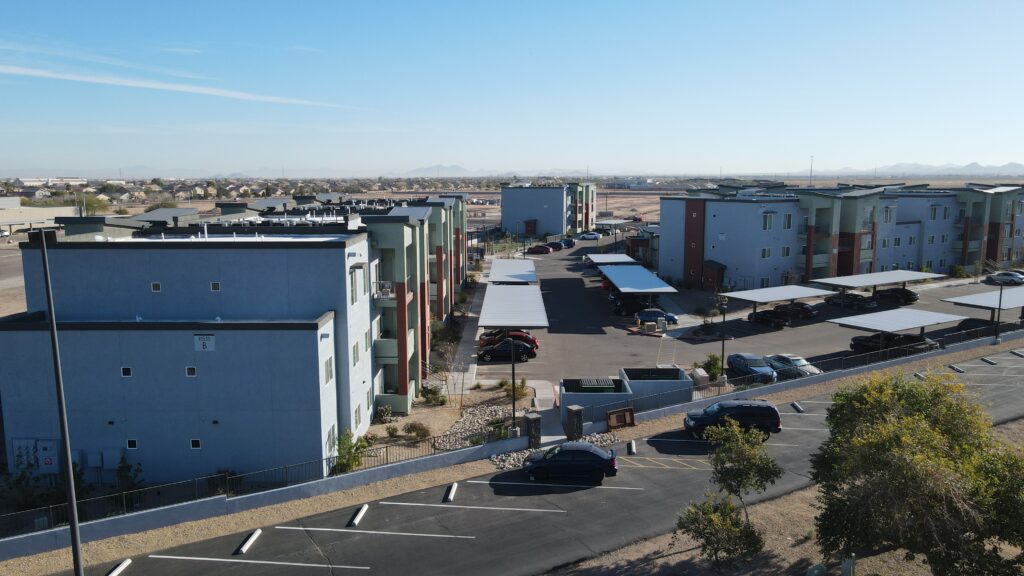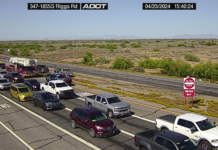
As real estate growth continues in Maricopa, increased commercial activity isn’t far behind.
Just how that growth will happen can be attributed to the City’s General Plan, which was approved by voters a couple of years ago. It guides the development of residential areas, along with the commercial space.
Rodolfo Lopez, the City’s director of development services, said the plan helps to create cohesion between the two types of land uses.
“The General Plan designates private and public land with diverse land uses that foster growth in the Maricopa economy while integrating these land uses with neighborhoods accessible to jobs, shopping, amenities, and recreation,” Lopez said.
To the casual observer, it may appear the housing construction boom is overtaking the commercial side of Maricopa’s economy.
A popular sentiment among some residents is there is not enough commercial development to accompany all those housing projects. Residents are hungry for trendy, new restaurants and big-box stores.
But do these perceptions equal reality?
Currently, Maricopa’s existing land-use designations reserve more than 22 million square feet for commercial development.
That means 11,892 single-family homes of 1,850 square feet, the median home size in Maricopa, according to Realtor.com, could be built in that same amount of space.
Using the latest figures from the U.S. Census Bureau, the estimated population within the city limits is 62,000, with about 6,000 new residents moving in each year.
Currently, there are 1,675 improved lots in the city — lots that Lopez described as “there is a street in front of it.” Assuming 2.6 residents per home, those improved lots will bring another 4,355 citizens to the city once built out, taking the city past 67,000.
Beyond that, within the current city limits, Lopez said there are another 42,209 dwelling units that have been approved by the city in some fashion and are in one stage of development or another.
That brings the total future population of Maricopa to 177,109 if no other projects are approved.
But the City estimates it will only need a total of 9 million square feet of commercial space to accommodate all those future residents. That’s right, Maricopa already has more than twice the commercial space allocated it will need to serve a population of almost triple what it is today.
Residential growth is key to commercial growth
Properly zoned land is available for new business in Maricopa, but for commercial growth to happen, there has to be a local population to support it.
City Manager Rick Horst has often professed the philosophy that “retail follows rooftops.”
Lopez noted while the city may have control over where residential and commercial areas lie, developers ultimately decide which projects to pursue.
“We provide information and opportunities within the city as far as what’s zoned and what is not zoned, and we will be supportive, but it’s all driven by the market itself,” he said.
A good example of what Lopez was talking about is the growth occurring in the vicinity of the Shops at the Wells, which includes Walmart and 14 other shops.
“We’ve been seeing activity here because (the area of) Porter Road and Maricopa-Casa Grande Highway has a large amount of population,” Lopez said.

Those multi-family units will provide more-affordable housing for entry-level workers, young teachers, firefighters and police officers. With the average cost of a home in Maricopa now at $374,000, according to Realtor.com, many of those workers are effectively locked out of the market to buy. The huge rise in home sales prices the past several years has helped create a market for apartments and single-family homes built specifically to rent.
Eight projects — with 2,313 total units — are currently in development in the area to help address those needs. The units would house more than 5,700 people — all within about one square mile of the Shops at The Wells, which includes 15 different retail businesses.
“What we’re seeing here is creating a lot of activity, and this type of population we hope is going to get this area to develop a lot faster from a retail component, seeing that it’s walkable, high-density around that area,” Lopez said.
Eastside growth on deck
One area where commercial development is lagging is residential growth is around Tortosa on the city’s east side. Lopez said growth evident in other parts of the city isn’t happening there yet.
“We’re not seeing commercial come out there very quickly because the market demand says that retail out there may not be successful … because there’s just not enough population out there yet,” he said, adding he doesn’t believe commercial growth is far off.
Lopez pointed to retail potential at several commercial corners in Tortosa and the surrounding area, including Sorrento and Rancho Mirage.
“We’re seeing a lot of activity in the Tortosa community that could help these commercial corners come into play, he said. “Again, the market will determine that, but what’s great is that we’re building the population out there that can create the demand.”
Just west of those communities lies an area Horst and other city leaders have touted as a future hub for development of all kinds — the City Center area around City Hall and the library.
At the 2022 Future Planning Meeting in January, Horst said 11 square miles of land can be developed there as soon as the Federal Emergency Management Agency approves a city flood mitigation plan to remove the area from the flood plain.
Lopez said the residential growth in the areas east of the John Wayne Parkway will later play into the development of City Center.
“That’s what we’ve seen happening,” Lopez said. “We’ve seen that on Porter Road.
Because of the amount of traffic that’s out there now, we’re seeing a lot more retail activity in that area. We’ll need all of that because the broad vision for City Center is for retail, residential, open space — a true mixed-use environment.”
This story was first published in the March edition of InMaricopa magazine.

![MHS G.O.A.T. a ‘rookie sleeper’ in NFL draft Arizona Wildcats wide receiver Jacob Cowing speaks to the press after a practice Aug. 11, 2023. [Bryan Mordt]](https://www.inmaricopa.com/wp-content/uploads/2024/04/cowing-overlay-3-218x150.png)




![Maricopa’s ‘TikTok Rizz Party,’ explained One of several flyers for a "TikTok rizz party" is taped to a door in the Maricopa Business Center along Honeycutt Road on April 23, 2024. [Monica D. Spencer]](https://www.inmaricopa.com/wp-content/uploads/2024/04/spencer-042324-tiktok-rizz-party-flyer-web-218x150.jpg)





![Alleged car thief released without charges Phoenix police stop a stolen vehicle on April 20, 2024. [Facebook]](https://www.inmaricopa.com/wp-content/uploads/2024/04/IMG_5040-218x150.jpg)

![MHS G.O.A.T. a ‘rookie sleeper’ in NFL draft Arizona Wildcats wide receiver Jacob Cowing speaks to the press after a practice Aug. 11, 2023. [Bryan Mordt]](https://www.inmaricopa.com/wp-content/uploads/2024/04/cowing-overlay-3-100x70.png)



Two lane north….two lanes south. Good luck Maricopa with the incompetents giving away land like Halloween candy….smh.